Aki Models 1/72 Blackburn Firebrand TF 5
Another from 2007:
The Blackburn Firebrand was the largest single-seat piston-engine aircraft ever operated from British aircraft carriers. The aircraft was designed in response to the requirements of Specification N.I 1/40 as the B-37. The specification called for a heavily-armed single-seat fleet defense fighter. Given the name Firebrand, the first of three prototypes, powered by a 2,305 hp Sabre III engine, flew on February 27, 1942. The second prototype carried the definitive armament of four 20-mm British Hispano cannon in the wings, with provision for one 500-lb bomb under each wing. The initial production aircraft, designated Firebrand I were used for further development. By this point, the Firebrand's top speed of 355 mph was deemed insufficient for the fighter role.
Rather than cancel the program, since there was a greater need for a modern strike aircraft than a fleet defense fighter, and given the size of the Firebrand, it was decided that this could be modified to fill the strike role. The 12 Firebrand TF Mk IIs were equipped to carry a 1,850-lb 18-inch torpedo under a widened center section, with the prototype TF Mk II flying on March 31, 1943. The production aircraft were sent to No 708 Squadron to form a trials unit in September and October 1944, where the aircraft was deemed unsuitable for carrier operation.
Due to a shortage of Sabre engines that were needed for the Typhoon and Tempest, the Firebrand was redesigned in 1943 to use a 2,400 hp Centaurus VII radial as the TF Mk III. The prototype flew on December 21, 1943. The new engine produced more torque than the Sabre, so that rudder control was insufficient on takeoff, with the result being that the TF Mk. III was found to be unsuitable for carrier operations, and work began on an improved airframe that would be better-suited for the Centaurus. The “definitive” Firebrand TF Mk IV differed from the TF Mk III in being powered by a 2,520 hp Centaurus IX and featured improved controls and the ability to carry a 2,000-lb bomb under each wing. The Firebrand TF Mk. IV (B-46), featured larger tail surfaces for better low-speed control, and carried dive brakes on both upper and lower wing surfaces. The first TF Mk IV flew on May 17, 1945 and was followed by 102 production aircraft, entering service with the Fleet Air Arm in 1946.
The final Firebrand TF Mk 5 featured minor aerodynamic improvements and 68 were produced, with 40 TF Mk IVs converted to the TF Mk 5 standard. The final production sub-type was the Firebrand TF Mk. 5A.
The prolonged development of the Firebrand meant that it did not see action in World War II, but it remained in front-line service on Royal Navy carriers until 1953. Operational experience found that even the later Firebrand was really not suited to carrier operations, the biggest problem being that the pilot sat behind the wing trailing edge and thus had to look over a very long and wide nose, which gave a particularly poor view for landing. Captain Eric Brown called it “Blackburn's baby battleship” and considered it the worst British carrier aircraft he ever flew.
THE KIT
Many modelers have been interested by Blackburn's “baby battleship,” though only the Mk.II has ever been produced in an injection-molded plastic kit, with one from Valom appearing in 1/72 scale, and another being done in the same scale by MPM several years ago. Magna Models released a 1/48 all resin Firebrand TF Mk 5 several years ago that can only be found now from dealers.
This kit by Aki Products in Japan is all-resin, and sets a new standard for resin kits. The parts are as thin as an injection-molded plastic kit, with fine delicate detail and a production design so good that parts fit is so close a modeler will not have to use any filler such as Mr. Surfacer. The wings are in upper and lower pieces, with the wheel wells molded in and the rocket rails integral to the lower wing. All trailing edges are “knife sharp”. The parts are produced on sprues, and if they were in grey resin rather than the light tan they are, one could swear they were actually plastic and of “mainstream” quality such as would be expected from Tamiya or Hasegawa.
The Centaurus engine is provided in superb detail. Thin clear parts are provided for the cowling covers, and can be posed open or closed. The cockpit is simple in design but this will be effective since it is painted black overall. Underwing armament includes rockets that are molded in one piece, as well as a torpedo. Decals are for one aircraft.
CONSTRUCTION
Construction is easy, though I found it valuable to haul out my magnifier light to work on the more detailed areas, like painting the cockpit and engines, etc. The kit is designed to go together with all the parts aligning correctly. One can only screw this up by actively not doing what the kit wants you to do.
I began by painting the detail. The cockpit is black, and then needs a bit of dry-brushing with white to pop out the detail. I had an extra set of Eduard photoetch for the 1/72 Gannet interior, so seat belts were not a problem - other than having to assemble them under the magnifier to see them. It's a good idea to pre-paint the engine at this point, too.
I then attached the cockpit in position, and assemble the engine. I wish all engines were as easy to assemble right as this one is! You can't get it wrong.
With that complete, I assembled the fuselage and then assembled the wing. These parts have interior plugs that align them perfectly. I ran cyanoacrylate along the seams of wings and fuselage and they were glued together. Once I finished overall assembly, I decided I would use Mr. Surfacer 1000 on the seams, with the result that everything looked great when finished. I then attached the engine cowling in position over the engine with white glue and it was time for painting.
COLORS & MARKINGS
I used Xtracrylix Sky and Extra Dark Sea Grey, each color lightened a bit for “scale effect” and then lightened again for post-shading. I did not pre-shade, as this would have been too much for a model in this scale. I finished off with a coat of Xtracrylix Gloss Varnish.
Decals:
The kit decals go on beautifully. I was doubtful about the underwing serials, since the letters have to go among the rocket rails that are molded integral to the lower wing. However, those decals are already trimmed to fit, and with a bit of extra care they slid into position without problem. The decals are thin, and the white areas are opaque. When dry, I washed the model, then applied a coat of Xtracrylix Satin Varnish, which gives a “scale” effect for a gloss finish.
FINAL CONSTRUCTION
I attached the main gear legs in position and then I cut the main gear doors apart and attached them in position. The gear legs are designed so you cannot misalign them when positioning them.
I realized after assembling all the landing gear that the model sits a bit too low for the torpedo to fit in position. I resolved this by trimming off about 1/32 inch from top and bottom of the rear rudders, which gave clearance without problem afterwards. I decided not to use the rockets since the airplane would be armed with either torpedo or rockets, not both.
I removed the cowlings, cut them apart and glued them in position on one side. I finished off by attaching the closed canopy, which I dipped in Future so that the seat - the only prominent item inside - is easily seen.
CONCLUSIONS
This kit set a new standard for all-resin models and raises the bar very high indeed. Production design is such that the kit is a “fall together” model that can easily be recommended to any modeler who has never built a resin kit before.
This kit, like their Sea Fury, and other 1/72 resin “uber-kits” such as the CMR Spitfires are not for the casual builder. Not that the casual builder can't build them, but they are more expensive than what many modelers care to pay. These kits provide as much detail in their scale as a good 1/32 kit will, and they are for the modeler who is a Serious Fan of the particular aircraft type. They are “definitive” for their scale and provide everything a modeler needs. For the serious fan, they are good value indeed.
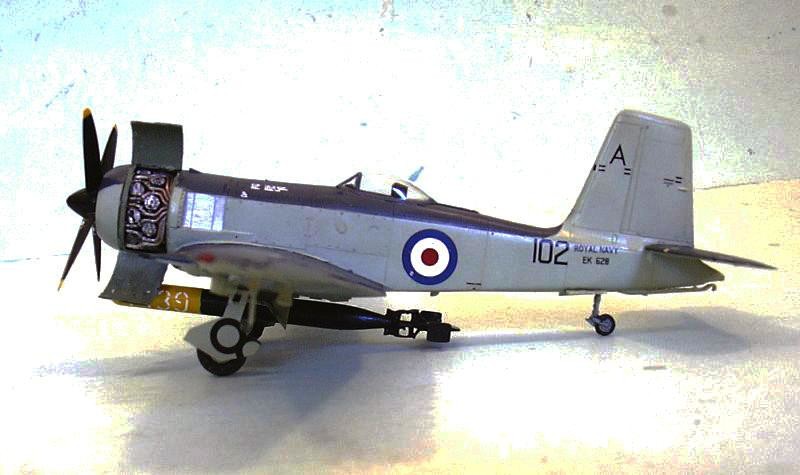
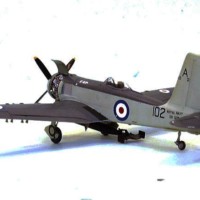
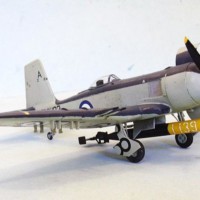
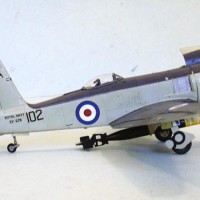
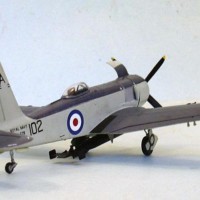
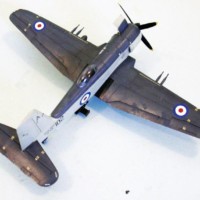
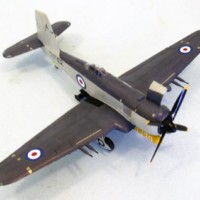

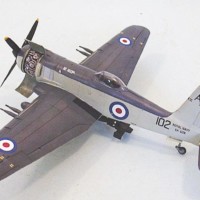
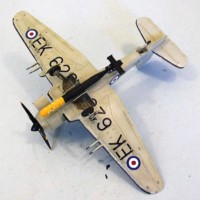
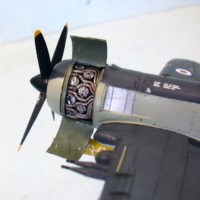
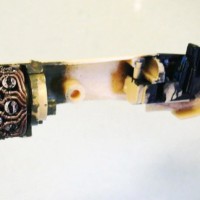
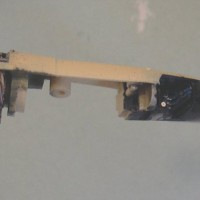
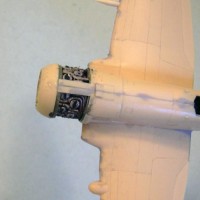
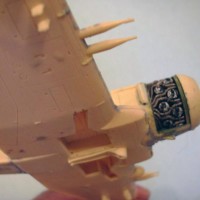
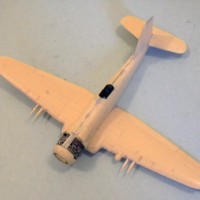
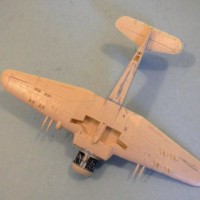
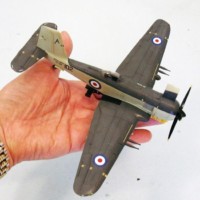
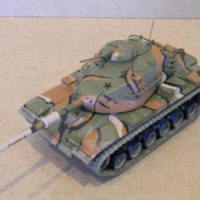
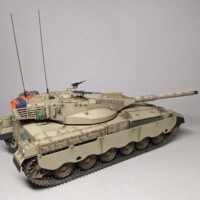

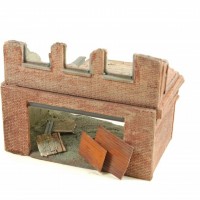
That's a handsome beast, Tom. Well done!
Yep...what Jeff said - (I never did play well with anything resin) -
That s****r’s big! Thanks for sharing it. I’d like to see one in 1/48.
S-u-c-k-e-r is another word Mammy doesn't like?
John, so would I! I'm just drawn to obscure British 40s- 50s stuff! This reminds me of the AM Mauler, also an also ran. Bring on the Airfix Sea Fury!
And I thought the Sea Fury was the pinnacle of 1/72; this seems another step up.
Mamma's pretty sensitive in 2018; different days, Tom, different days...
That's a beauty also. I really want a Firebrand in my collection, but may look for one of the older kits - again, I tend to choke on that big a price tag! It is a beautiful kit though, and as much as I don't like to work with resin, from your description I would tackle one of these in a heartbeat if not for the cost.
A little bulky maybe but still a good looking plane, and another hit in this colour scheme.
Great detail